Tag: Gabriel Faure
-
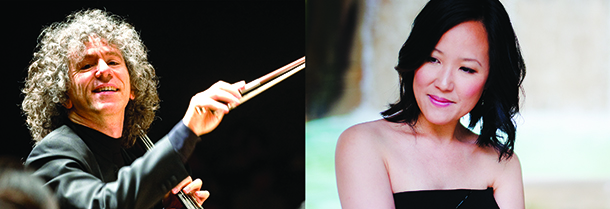
PROGRAM NOTES: STEVEN ISSERLIS AND CONNIE SHIH
Reynaldo Hahn Variations chantantes sur un air ancien The Venezuelan-born French composer Reynaldo Hahn is best known for his contribution to the French song repertoire with his more than 100 mélodies published between 1890 and his death in 1947. He is equally well known as the sometime romantic partner of writer Marcel Proust, whose epic…
-
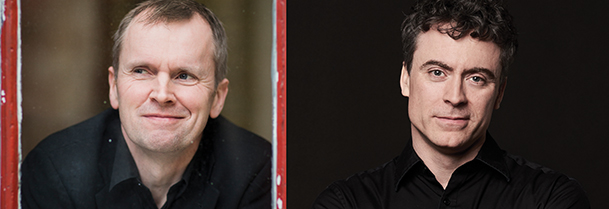
PROGRAM NOTES: STEVEN OSBORNE AND PAUL LEWIS
Gabriel Fauré Dolly Suite Op. 56 In the 1890s Gabriel Fauré would often compose or revise small pieces for the infant daughter of his mistress Emma Bardac (1862-1934). These affectionate pieces celebrated a birthday, a pet, or a special person in the life of the young Regina-Hélène, known in the family as “Dolly,” and six…
-
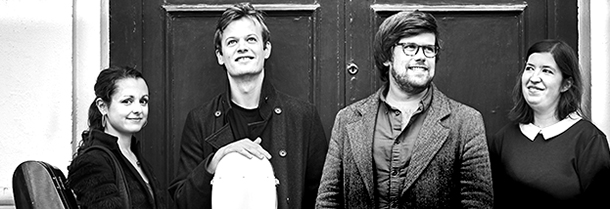
PROGRAM NOTES: CASTALIAN STRING QUARTET
Franz Joseph Haydn String Quartet in D, Op. 76 No. 5 Having recently returned from his hugely successful visits to England and been liberated from financial woes, Haydn composed a set of six String Quartets, Op. 76 which were commissioned by Hungarian Count, Joseph Erdödy in 1797. Deviating from more traditional forms and establishing a…
-
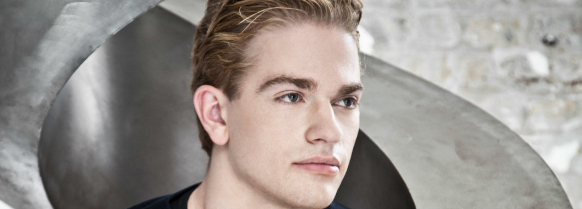
PROGRAM NOTES: JOSEPH MOOG
Ludwig van Beethoven Sonata in C minor Op. 13 (Pathétique) At the end of the 18th century, a young Ludwig van Beethoven burst upon the scene with a musical personality that mixed brooding machismo with emotional vulnerability. This unusual combination soon established him as the Marlon Brando of Viennese composers, with the key of C…
-
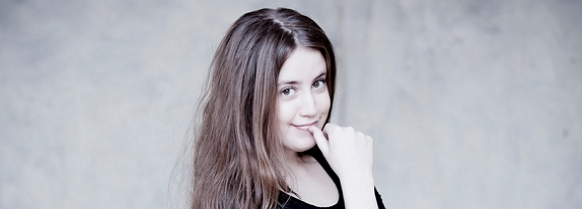
PROGRAM NOTES: VILDE FRANG
Felix Mendelssohn: Violin Sonata in F major Mendelssohn’s E minor Violin Concerto is such an established pillar of the standard repertory that it comes as a surprise to learn that this composer also wrote three sonatas for the instrument, although these are as obscure as the concerto is popular. The first, in F major,…
-
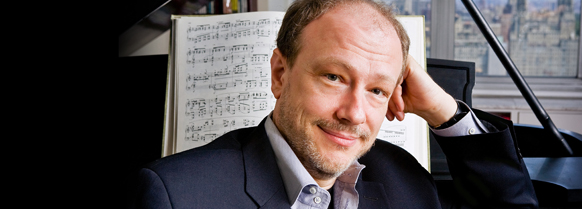
PROGRAM NOTES: MARC-ANDRÉ HAMELIN
Alban Berg: Piano sonata, Op. 1 “Among the most auspicious Opus Ones ever written,” was Glenn Gould’s assessment of Alban Berg’s piano sonata. Berg wrote this work in 1907-08 while studying with Arnold Schönberg. Originally it was intended to have three movements but, after completing the first, Berg found that “for a long time nothing…


